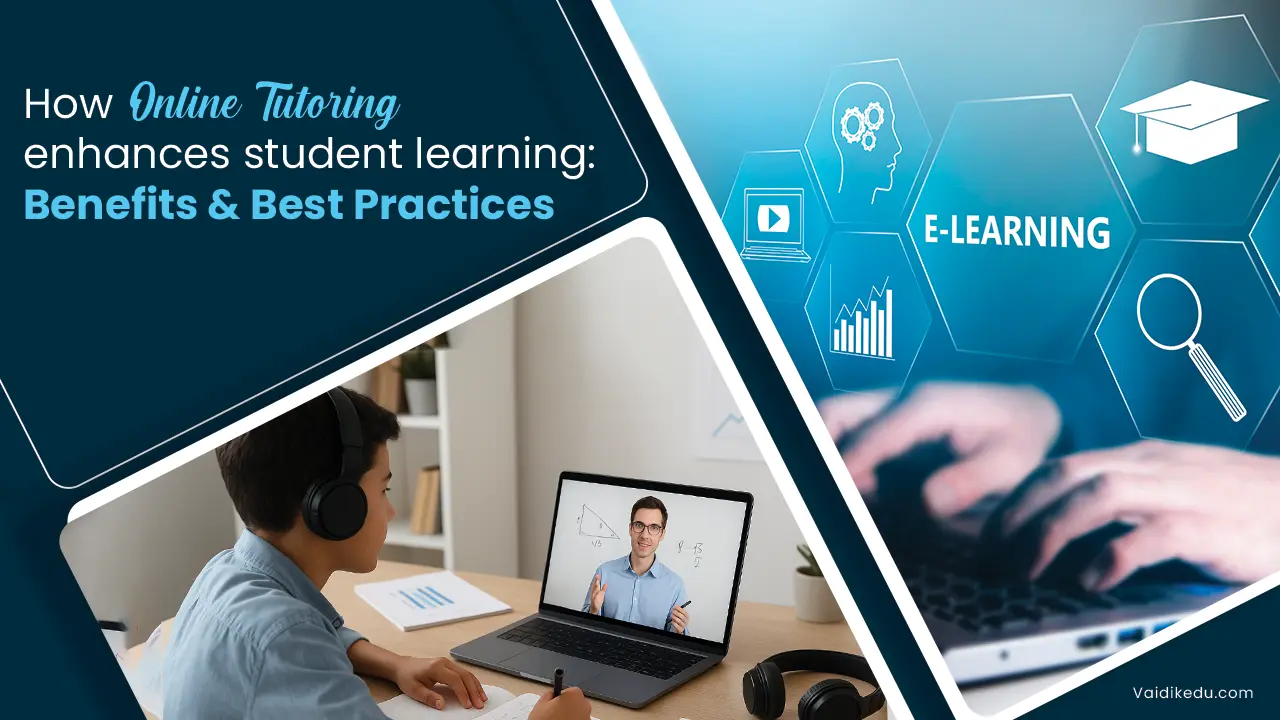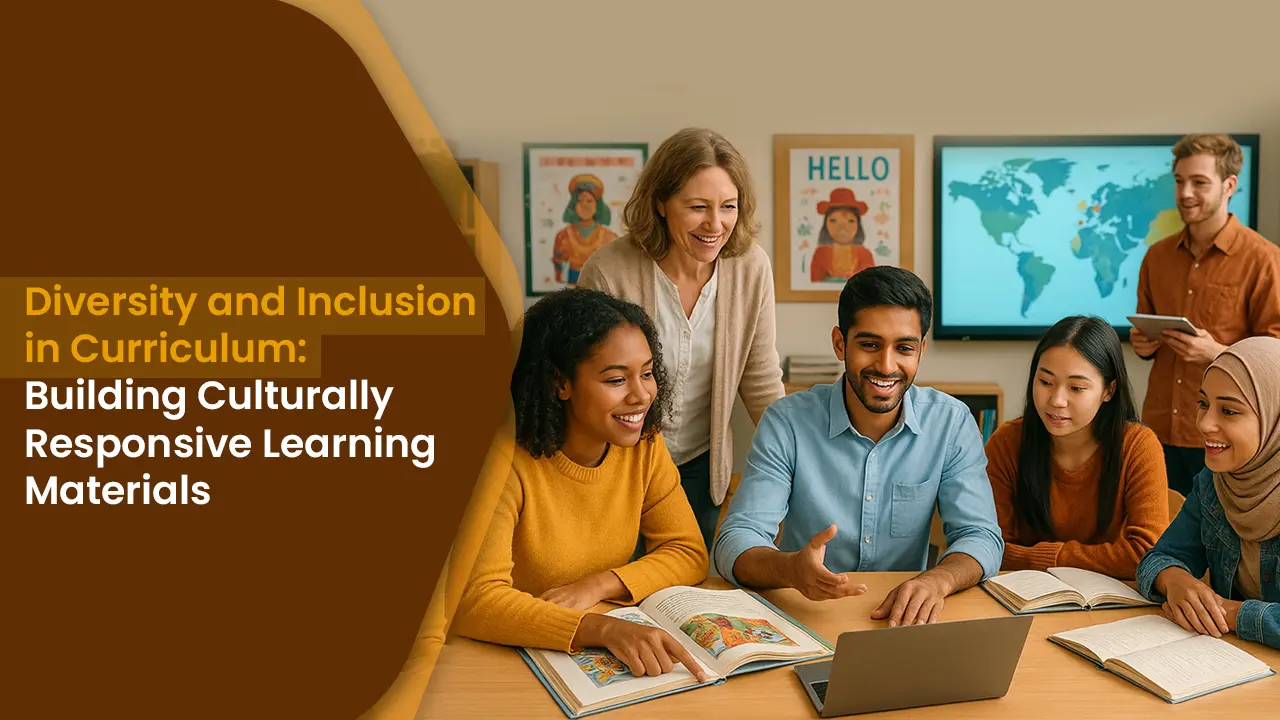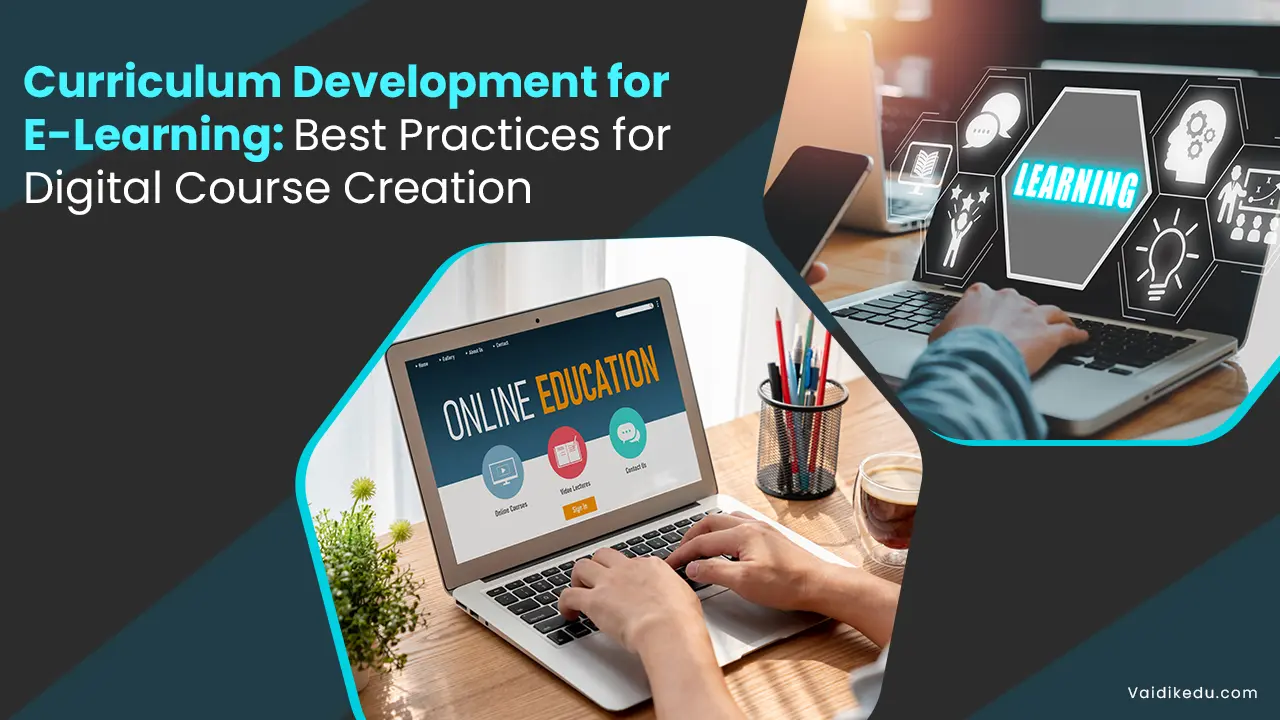Blended learning is also known as hybrid learning. It involves a combination of online learning and offline learning. Online learning involves learning using digital and online platforms, like eLearning. Offline learning consists of learning through in-person face-to-face sessions.
With this, educators are able to combine the best of both approaches. It helps to make the learning experience more flexible and engaging. This will also accommodate the different learning styles of the learners.
An important part of blended learning is successfully integrating both online learning and offline learning.
Steps To Integrate Online And Offline Blended Learning Content Seamlessly
1. Identify Learning objectives For Each Module
The first step in designing a blended learning model is identifying the learning goals. This includes identifying the areas that are challenging and require more focus.
These goals must be measurable, achievable, and can be achieved within the time limit. The educator must also identify what parts of this come under online and/or offline learning. The educator must use both online and offline content to achieve the learning goals.
2. Choose an appropriate blended learning model
There are many blended learning models to choose from. This decision will be influenced by various factors like the learning goals, resources available, and the nature of the learners.
Based on these factors, choose a blended program that will be the most beneficial. Make sure that the model will facilitate a balance between online and offline learning. Learners shouldn’t be burdened with excessive online modules or offline ones. Models like flipped classrooms can provide this balance.
Here the learners study the content online and have discussions and applications of this knowledge in classrooms. Educators can also use both offline and online assessments to evaluate the students.
3. Ensure that there is consistency between the online content and offline content.
The online and offline content should be related. The online activities and offline activities should be set up in a way that will ensure the learning flow. The transition between online and offline content should be seamless. Both activities should support the other and help the learner achieve the learning goals.
4. Design blended learning models that will increase student interaction and engagement.
Through blended learning, students get the opportunity to collaborate and interact with other students. This model should include platforms to conduct discussions, group projects, and other online forums to increase student interaction and engagement.
5. Provide necessary support and guidance throughout the blended learning process.
Use the correct technology to facilitate blended learning. These tools can help deliver the learning content, track the progress, evaluate the learners, and create an interactive learning experience. It is important to ensure that the students and educators receive proper guidance and tools. This will help them to access different types of content, as well as help them navigate.
6. Regularly evaluate and make necessary improvements.
Collect feedback from both students and educators. Also, collect the results of assessments. Based on these results, evaluate the student’s progress and the effectiveness of the program.
Check whether the learning goals are being achieved and the students are satisfied with the learning experience. Identify the weaknesses and strengths of the program. Using this understanding make any changes necessary to improve the program.
Conclusion
Blended learning combines online and offline learning. To design a successful blended learning curriculum, it is important to effectively combine online and offline learning. This involves identifying learning goals and deciding which content comes under online and offline learning.
It is important to choose the correct blended learning model based on the learning goals, resources available, and the nature of the learners. Make sure that there is a balance and consistency between the offline and online content.
The transition between one from the other must be smooth and continuous. There should be increased engagement and interaction between the students. Also, provide any necessary guidance and support to the students and educators. This will help them have an easy learning experience.
Lastly, the learning programs and students must be assessed regularly to evaluate the effectiveness of the program. These results can be used to make any necessary improvements to the program.
By doing this, it is possible to effectively integrate online and offline content. This makes the learning experience engaging, interactive, and flexible.
Frequently Asked Questions
Blended learning is also known as hybrid learning. It’s a combination of online learning and offline learning. Online learning uses digital and online platforms, like eLearning. Offline learning consists of learning through in-person face-to-face sessions.
Blended learning helps to make the learning experience more interactive, flexible, and engaging. It also accommodates the different learning styles of the learners. Due to this, the students will have a better chance of achieving their learning goals.
Having a balance between offline and online content will increase student engagement and interaction. Also, students will be burdened if there is too much online or offline content. Thus, having a balance will ensure that students are not being overwhelmed. This will also help accommodate students with different learning styles. Overall having a balance will make learning more flexible.
Evaluation of the blended learning program can be done by collecting feedback from the students and educators. It can also be done using the results of the assessments done to check the progress of the students. These assessments can be either online, offline, or both.









